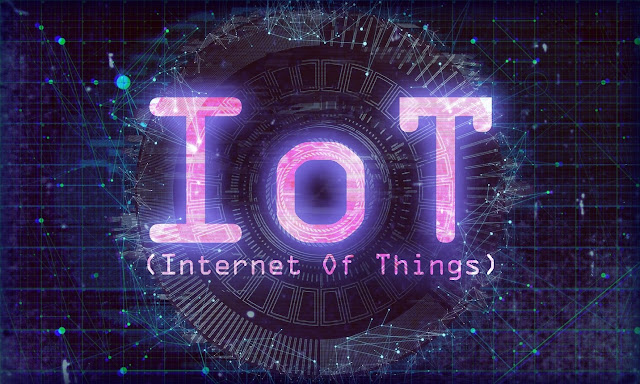We needed a solution quickly, which sped up our plans to adopt Cisco DNA Spaces. It’s a cloud-based, indoor location services platform that turns existing wireless networks into a sensor.
Quick deployment
Cisco DNA Spaces is a cloud solution. We deployed the connectors, which run on virtual machines, in about a day. Connectors retrieve data from our wireless LAN controllers, encrypt personally identifiable information, and then send the data on to Cisco DNA Spaces. Provisioning accounts in the cloud took just a few hours. Adding buildings took just minutes to add to Cisco DNA Spaces, as did uploading building maps. In total, we were able to onboard multiple sites in just two days and extend to production sites in four. That gave us time to vet the use case with Workplace Resources and collaborate with Infosec on data privacy and security.
Measuring workspace density to adjust the pace of return
To date, Cisco DNA Spaces is used for ten branch offices and three campus locations in the United States and Asia, with many more planned and underway.
Workplace Resources will use Cisco DNA Spaces to see where people gather and at what times. Based on that data, Workplace Resources will take actions such as increasing or reducing the number of employees on site, closing or opening certain areas of the building, posting signage, etc. After taking an action Workplace Resources can check the Cisco DNA Spaces App to make a data-based decision on whether to invite more employees back—or pause. A colleague compared the approach to turning the faucet on or off.
We receive alerts when density or device count in a certain area exceeds our thresholds, using the DNA Spaces Right Now App. It shows wireless density in near real-time, for a site, building, floor, or zone (Figure 1).
Figure 1. Right Now App dashboard
Respecting privacy—no names
When employees return to the office, they’ll use a mobile app to attest that they don’t have a fever or other symptoms before they are allowed into the facility. Then they’ll badge in and use Wi-Fi as they would ordinarily. No change to the user experience.
The change is that Wi-Fi data we’ve always collected now feeds the analytics (real-time and historical) in Cisco DNA Spaces. As people move around the building throughout the day, Cisco DNA Spaces plots the location of devices connected to Wi-Fi (Figure 2). To respect employee privacy, we capture device location only—not the owner’s name or any other personally identifiable information. As an example, we can see that three people were in the break room from 3:00 p.m. – 3:45 p.m., but not who they are.
Another one of our suggestions as Customer Zero was making it easier to define zones, or specified areas of a floor. Workplace Resources finds it more useful to monitor density by zone rather than an entire floor or building. Other potential improvements have also been detailed by Cisco IT to the product management teams responsible for the DNA Spaces solution. Including various potential enhancements and new features, which in time will hopefully automate a number of currently manual tasks, expand APIs, and hopefully offer other benefits not only to Cisco IT, but other customers as well.
Figure 2. Cisco DNA Spaces shows where people gather in groups
Getting an accurate count
While Cisco DNA Spaces gives us a good idea of density, we keep in mind there’s a margin of error. For example, wireless location data can be accurate to within about three meters. So it might appear that people are maintaining social distancing when they aren’t—or vice versa. Also, two connected devices in a room doesn’t necessarily mean two people. One person might be using two connected devices. Or there might be three people, one whose device isn’t connected to Wi-Fi.
To make our density estimates more accurate, for the first few buildings to re-open, Workplace Resources is correlating Cisco DNA Spaces data with badge-in data. If 20 people badge into a building and Cisco DNA Spaces reports 60 devices, for example, we’ll estimate one person for every three devices shown.
Lesson learned: accurate floor maps are important
During initial rollout we realized that some of our floor plans were inaccurate because of “drift.” That is, over time, the floor plans tend to diverge from access point placement data. In buildings where we’d recently upgraded infrastructure, the maps are accurate and include the height and azimuth of the access points. That’s not the case for buildings that haven’t been refreshed for a while. Cisco IT and Workplace Resources are currently updating the maps for sites where accurate information is important to plan a return to the office at a safe pace.
Before we return: checking office network health
As part of our return-to-office process, we’re evaluating each location against a readiness checklist. One item is network readiness. While sheltering in place, Cisco IT staff has been turning on Cisco DNA Assurance in more locations. On one pane of glass we can see a holistic view of the health of all wired and wireless infrastructure in a given building. During the lockdown we’ve been keeping a to-do list of hands-on tasks—e.g., re-patching cables—to complete before employees return to the office.
More plans for Cisco DNA Spaces
Bringing employees back to the office at a safe pace was our incentive to deploy Cisco DNA Spaces. We in Cisco IT eagerly implemented it via our Customer Zero program, which involves road testing new Cisco products or using existing ones in new ways. As Customer Zero we help improve a solution by giving feedback to product engineers about bugs, additional features, and the user experience.
Later we’ll use Cisco DNA Spaces in new ways—for instance, showing the closest unoccupied conference room, tracking the movement of things in our supply chain, and tracking janitorial services. This will help us know where we have cleaned recently and ensure efficiency and effectiveness based on usage of the space.































